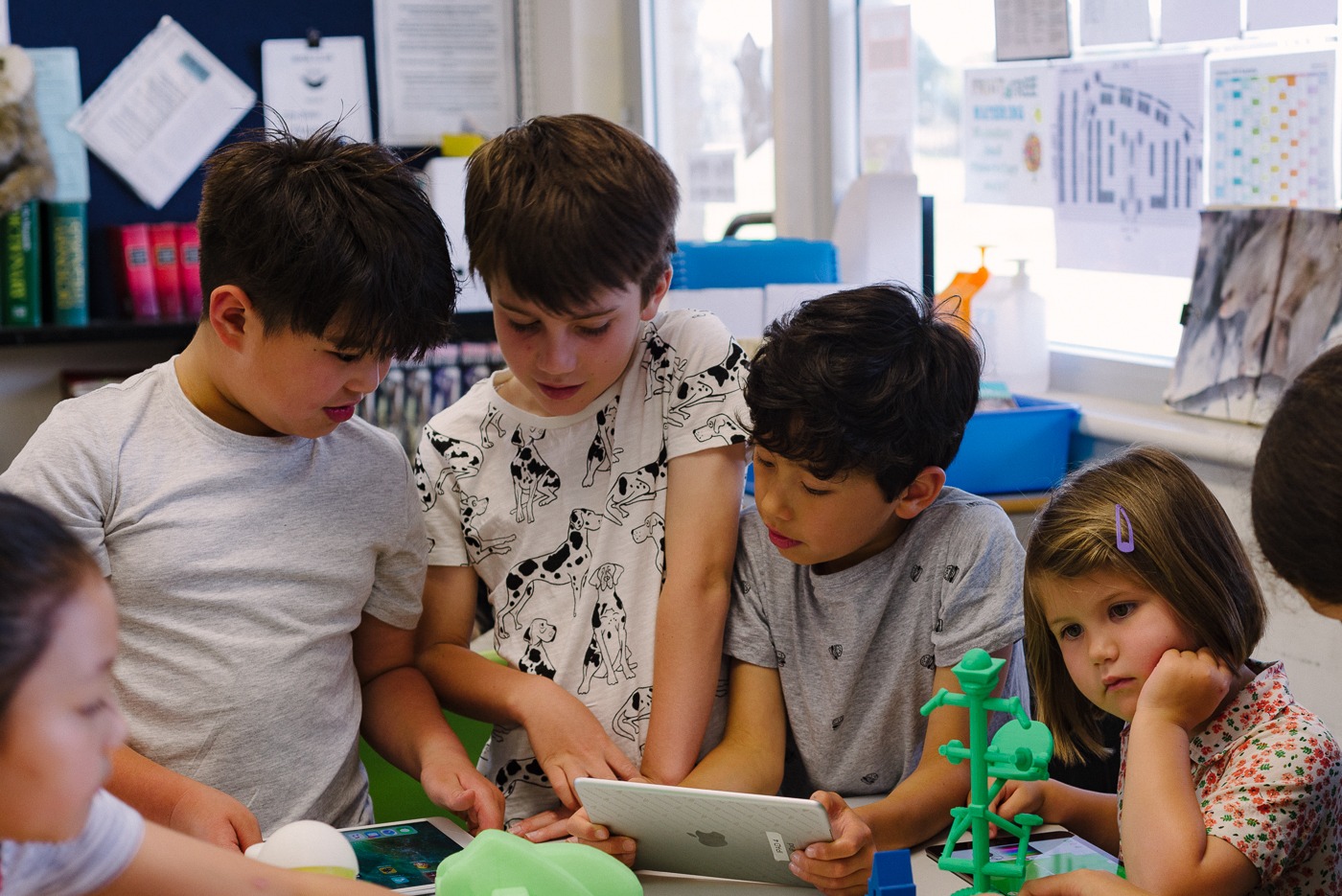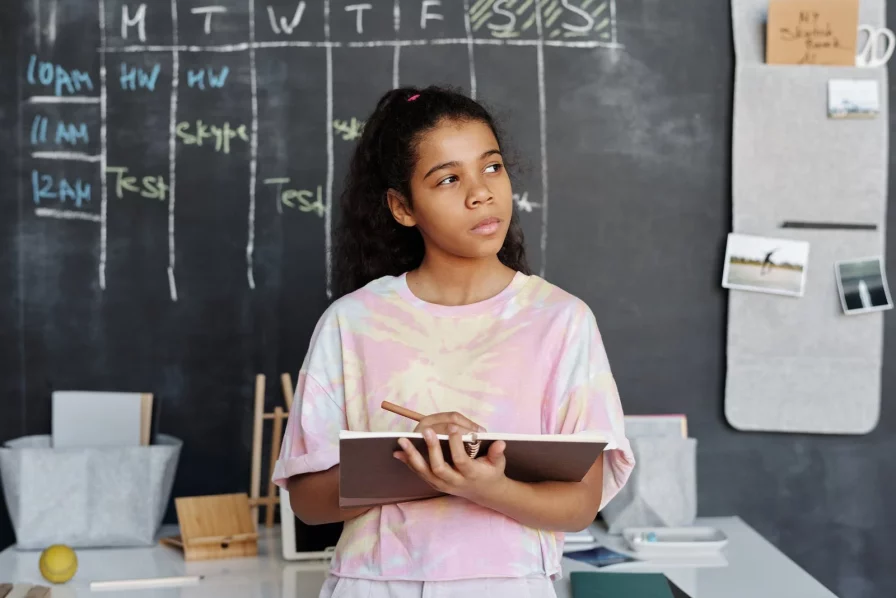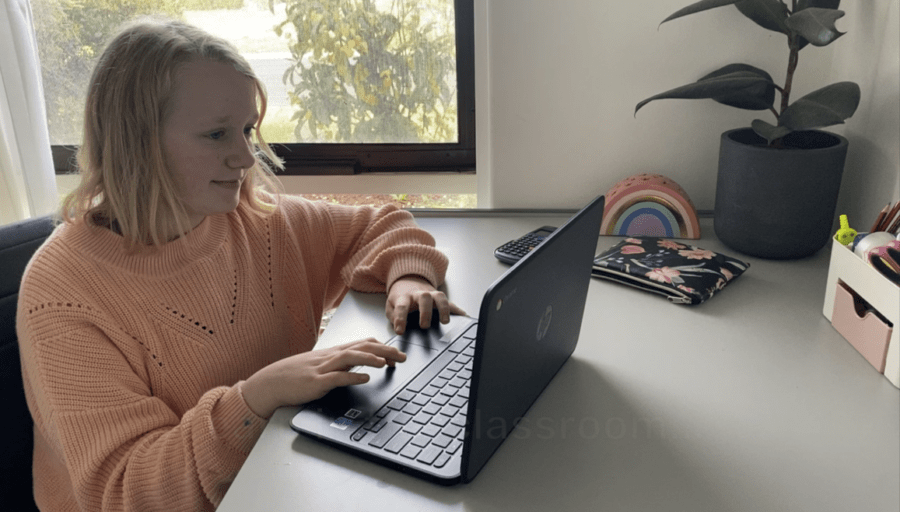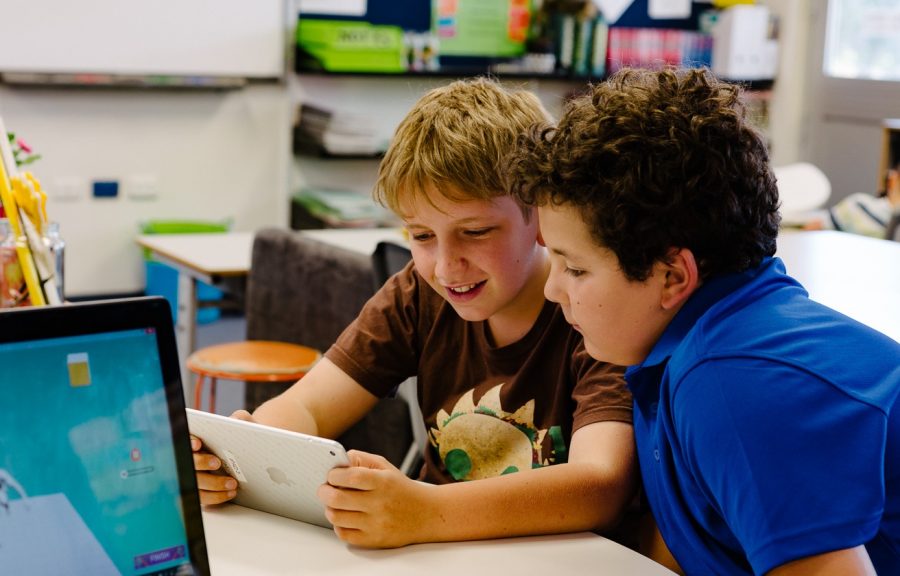This series of six blog posts unpacks each of Gardner’s elements of emotional intelligence and look at ways teachers can use Makers Empire to develop these qualities in students. Other posts focus on ways to help students develop self-awareness, self-reflection, motivation, and social skills. This post focuses on helping students develop empathy.
Empathy | Emotional Intelligence
Empathy is the ability to understand the feelings and emotional responses of others. Empathy is often described as being able to walk in someone else’s shoes. Even if we have not personally experienced a situation, empathy helps us to understand what others are experiencing, and the feelings and emotions attached to the experience. Empathy helps us be mindful about how we interact with others and helps us where others are ‘coming from’. Empathy helps us recognise emotions in others and to imagine how other people might be feeling.
There are three different types of empathy:
- Cognitive empathy is the act of knowing how someone else is feeling and predicting what they might be thinking.
- Emotional empathy occurs when we physical experience the same feelings as somebody else because of what the other person is going through.
- Compassionate empathy refers to the feeling of being moved to help another person because of our understanding of their problems and feelings.
Author Daniel Pink says: “to empathize you need some degree of attachment in order to recognize that you are interacting with a person, not an object, but a person with feelings, and whose feelings affect your own”.
5 ways Makers Empire can help students develop empathy capabilities
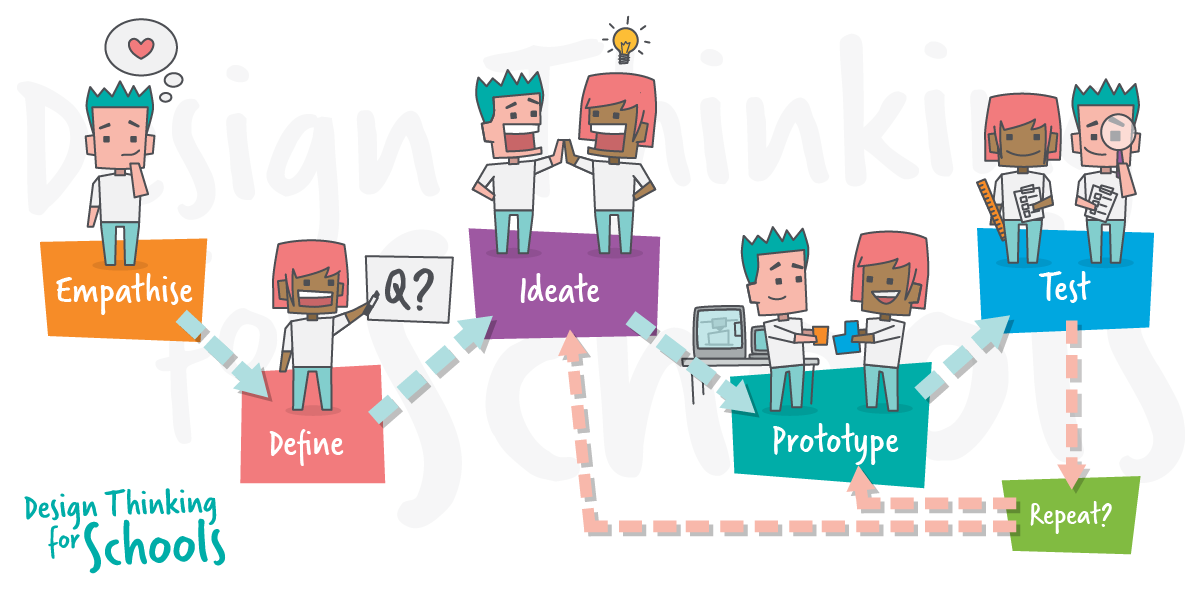
1. Design Thinking is central to everything we do at Makers Empire. We believe that developing design thinking skills at an early age will well equip students with the ability to solve problems and create solutions into their futures. Design thinking begins with empathy. To solve problems for others we need to develop deep understandings and insights into how they experience particular situations so that we can clearly define the problems we are trying to solve. If teachers position Makers Empire as a tool their students can use to solve problems for others, they are well on their way to helping them develop empathetic mindsets and capabilities.’

2. Designing creations for other people in an ideal way to help students develop empathy. Whether they are designing a present for a parent, a birthday greeting for a friend, or a cheerful design to make someone smile, the act of creating for others puts empathy at the forefront. When students have an audience other than themselves, they need to think about the preferences, interests and tastes of another person and make design decisions based on these observations. Designing for others encourages students to put aside their own points of view and consider what someone else might like.

3. Makers Empire 3D helps students develop creative confidence and technical skills in creating 3D designs. Beyond creative expression, design skills have many applications for ‘doing good’. Teachers can encourage students to think about positive purposes and worthwhile applications for the designs they create. We talk a lot about using 3D design to solve problems, but we can also use 3D design to send a positive message, encourage other people, and to make things that other people enjoy viewing and interacting with. By asking students to design things from the position of positive intent, teachers are providing a platform for students to think beyond their own needs and interests.
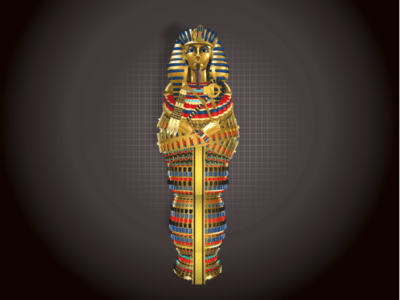
4. Empathy is a key concept in learning about the past through history. Rather than only learning about events, facts and dates from the past, the concept of empathy, asks us to look at the motives, drivers and intentions of people in the past. This requires us to look at events through perspectives and values from other times and cultures. Students might use their design skills in Makers Empire to represent a different perspective of an historical event. For example, how might a design showing the Ancient Egyptian pyramids look different representing the perspective of a pharaoh when compare to the perspective of a slave or servant?
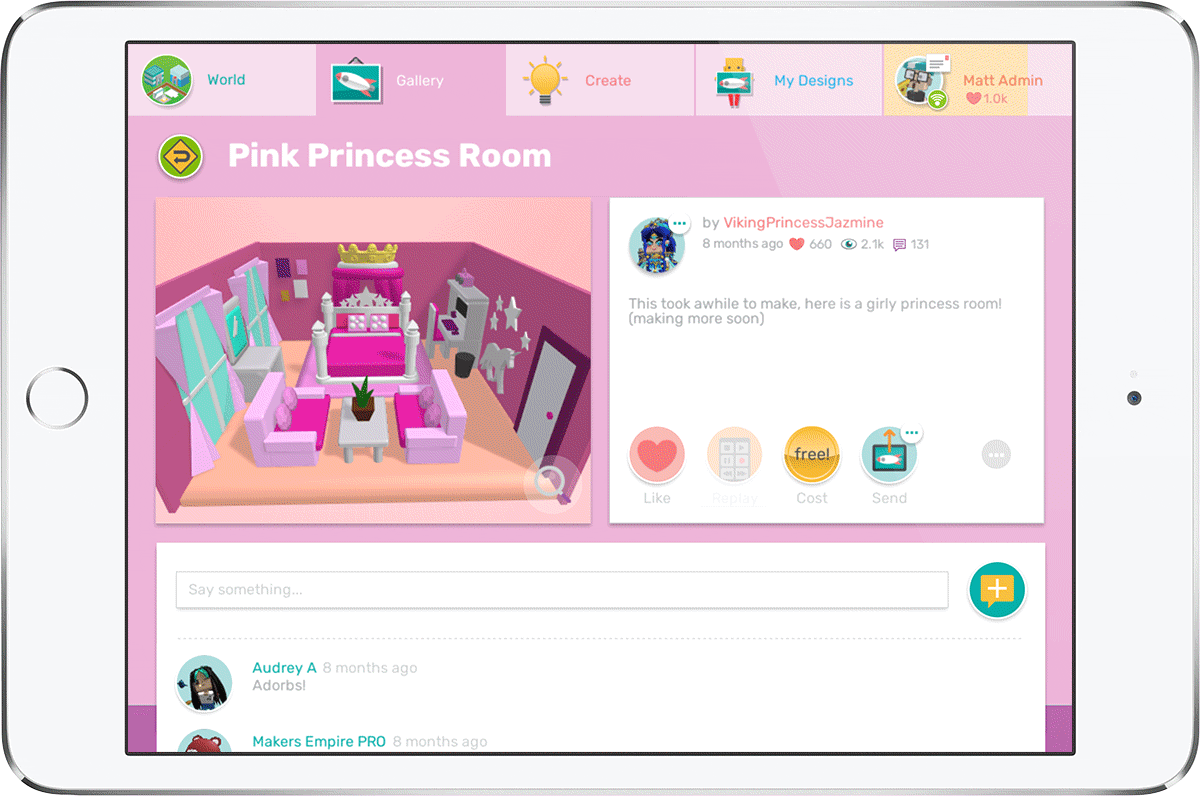
5. Makers Empire provides a collaborative design platform where students can share and view their creations with other young designers from around the world. When we view a design, or any artwork, created by someone else our responses are shaped by our own experiences, preferences and perspectives. The Makers Empire design gallery is a great place for students to respond to the design of others and to consider the perspectives of others. Students might consider how another designer might have been feeling when they made their creation, or think about the things that might be important to the designer.
5 questions teachers can ask to promote students’ empathy

- Who are you trying to solve a problem for? What do they need and how can you find out?
- How will you make sure that someone else can enjoy your design? What do you need to know?
- Why are you creating this design? Could this design help you achieve a positive or helpful outcome?
- Whose point of view are you representing in this design? How could you represent a different point of view?
- How do you think this designer was feeling when they created this design? What can you learn about a designer by looking at their designs?

Mandi Dimitriadis
Mandi Dimitriadis, DipT. is the award-winning, highly regarded and passionate Director of Learning at Makers Empire. She is an experienced classroom teacher who recognises the power of technology to enhance teaching and improve educational outcomes. Mandi has extensive experience with curriculum development and learning, having previously developed programs for the Australian Government’s Department of Education, and having created custom curriculum for Makers Empire schools in the USA, China and the UAE. She is passionate about Design Thinking and how best to prepare today’s students for the future.

